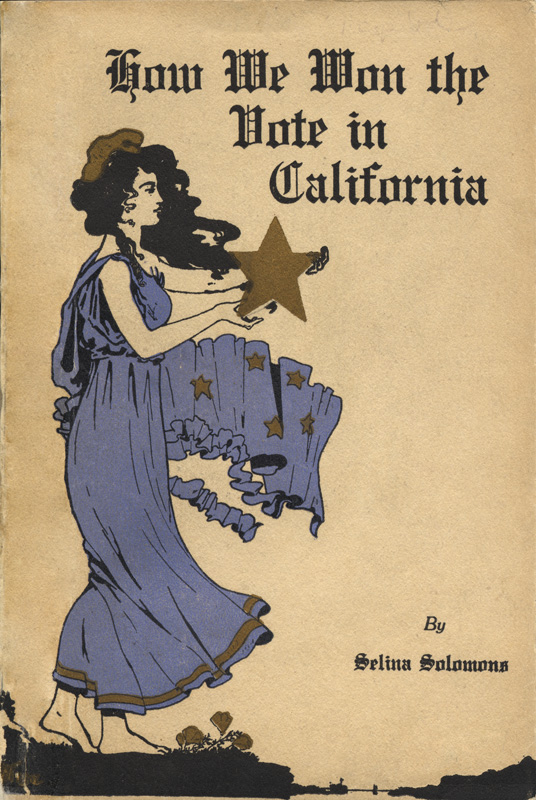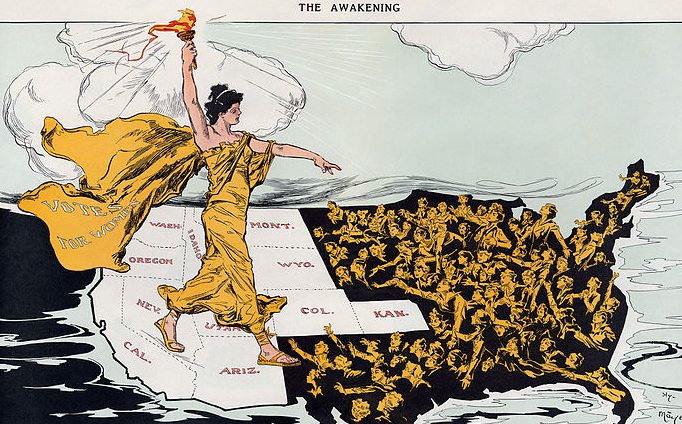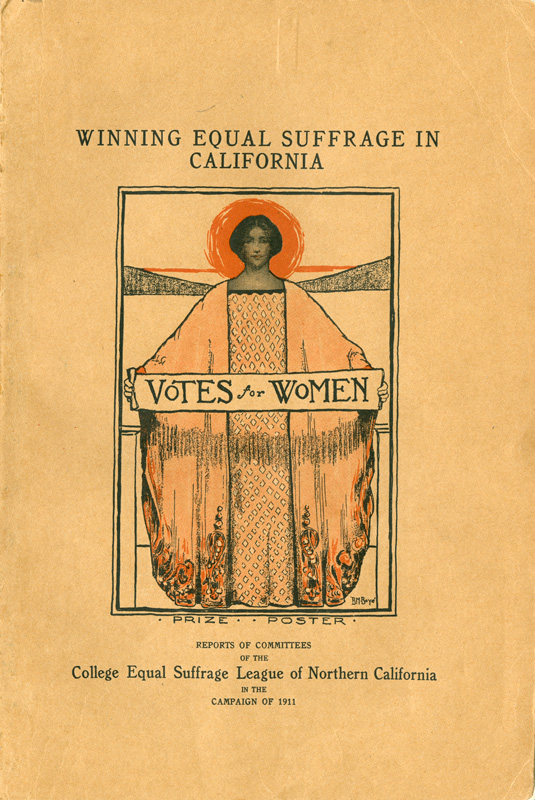California’s men narrowly grant California’s women the right to vote on October 10, 1911. Approval of the constitutional amendment makes California the sixth state to establish suffrage for women. Nationally, it isn’t until 1920 and the passage of the Nineteenth Amendment that all American women gain this fundamental right.
This is the second attempt to extend the vote to women in the Golden State. Amendment 6 on the November 1896 ballot received support from only 44 percent of voters. Only 28 percent of San Francisco voters supported the idea.
In 1911, supporters of Proposition 4, waged a high-profile campaign, targeting Central Valley and other rural voters, in part because of past urban opposition to equal suffrage.
On Election Day it looks like 1896 all over again: Urban parts of the state like the Bay Area vote down the measure. In San Francisco, 62 percent of voters oppose the idea. Proposition 4 barely passes in Los Angeles. But as returns come in from rural California, the vote begins to turn around.

The final tally has equal suffrage passing by just 3,587 votes out of 246,487 cast – an average majority of one vote in each of the state’s 3,121 precincts.
On that same ballot, voters also create California’s initiative, referendum and recall processes – by roughly a three-to-one margin.
California is the sixth western state to support equal suffrage. Wyoming is first in 1890 followed by Colorado three years later, Utah and Idaho in 1896 and Washington in 1910.
Victory in 1911 inspires suffragists in the East, as illustrated below by Henry Mayer in his 1915 drawing, “The Awakening.”


